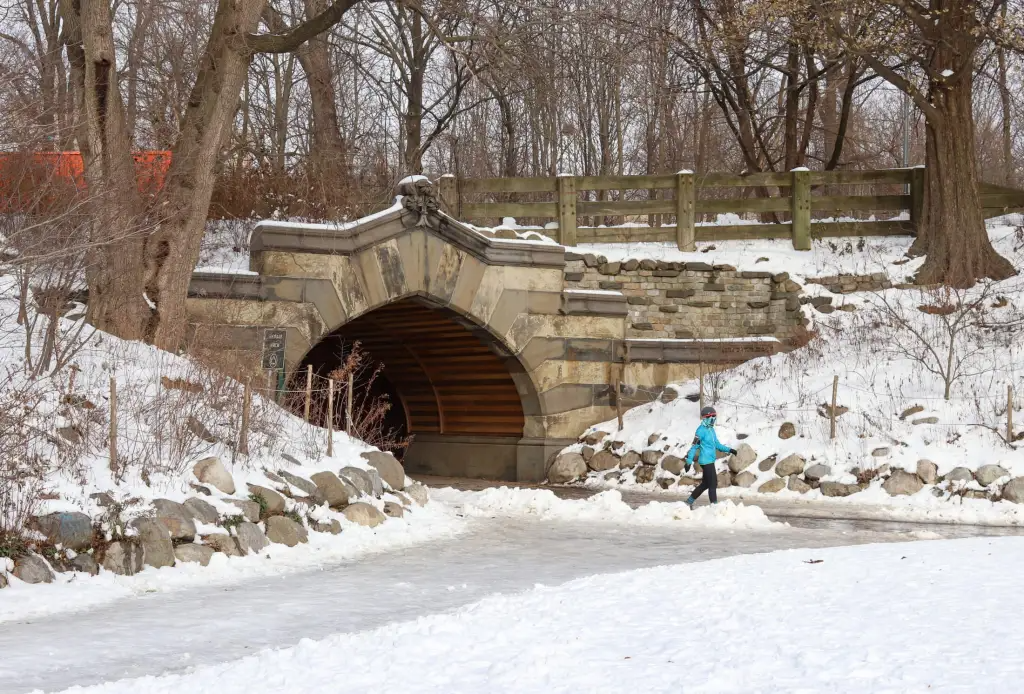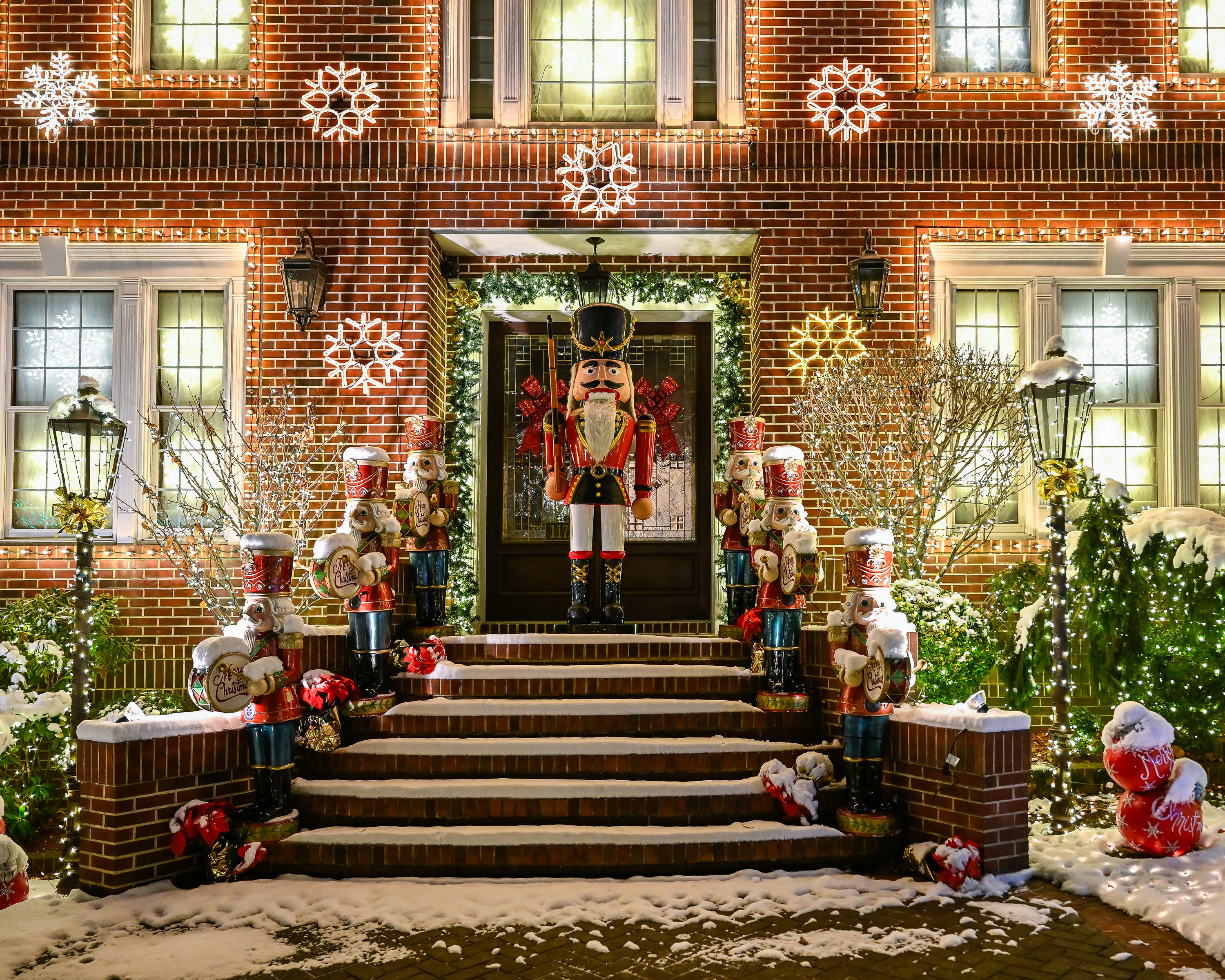House of the Day: 297 Cumberland Street
At the risk of sounding like a broken record, we will once again ask the rhetorical questions, Why in the world would any seller use a real estate brokerage firm that didn’t have a good website? While on the Fort Greene House Tour on Sunday, we noticed the For Sale sign out in front of…


At the risk of sounding like a broken record, we will once again ask the rhetorical questions, Why in the world would any seller use a real estate brokerage firm that didn’t have a good website? While on the Fort Greene House Tour on Sunday, we noticed the For Sale sign out in front of 297 Cumberland Street, a charming Civil War-era wooden house between Greene and Lafayette Avenues. First we Googled the broker listed in the sign, Cornerstone Properties, only to learn that it either has no web site or the worst search engine optimization in the history of the Internet; we tried calling the phone number listed on the sign once in the morning yesterday and once in the afternoon only to be greeted by a message saying we could not leave a message. Finally, after combing the NY Times, we found the listing—only it had been posted by a different broker, Prospective Properties. Whatever. At least we now know that the asking price is $1,499,000 for the 2,800-square-foot house that needs a lot of work. Annoying marketing aside, kinda interesting, no?
297 Cumberland Street [NY Times] GMAP P*Shark





I think the NYTimes shows this selling for less than $800K!
Brownstone is not “that” bad of a building material if it is laid correctly. There are many old brownstone buildings in the Northeast that are doing great. Usually, if the stone is laid with the sediment layers horizontal, the stone will not spald.
Unfortunately, coating it with cement (brownstoning) will probably end up proving (and already has proven) to be damaging to the remaining stone and the underlying brick because the structure of the cement does not move and breathe in the same way. In fact, it barely breathes. Unfortunately, the traditional mixes of “stucco” as the poster at 11:32PM (architect) states is used to coat brownstone, is definitely NOT used. Many mixes of stucco breathe being made with clay. The more slaked lime you add the less it breathes. If you use brownstoning mix based on Portland cement, it won’t breathe and the remaining stone beneath may eventually disintegrate.
Wood will not last “indefinitely. If you want to build in granite, go ahead. If done right, it can last a long time.
Wood can last a long time but in most cases, pieces need to be switched out regularly over time. The skill is not always available to do this.
Again, we have very few gothic revival houses in Brooklyn. There are some churches and voila…
Re: gothic revival houses in Brooklyn, the Montrose Morris houses on Hancock near Marcy come to mind just because of their gargoyles (although the arches are Romanesque, not gothic).
I am an architect and I believe that there has never been a worse building material than brownstone. it started to have problems from the begining. Today the way to restore brownstone is to basically chip all the stone off with chisels and replace it with layers of stucco. Stucco is an ancient building material with many good qualities, it is far better than the friable, awful natural brownstone used in Brooklyn.
Wood houses on the other hand are models of effincency, as long as you keep the wood painted, it lasts indefinetly. Wood is by far a better facade material than brownstone in our climate.
The house is okay but it probably needs quite a bit of reno to appeal to the people who can afford the purchase price. A coat of paint will probably not do it(!).
I have lived right around the corner from this house for years and am familiar with it. I hope they are able to get a decent price for their home.
These colonnaded houses are really charming. It is kind of too bad that one of the neighboring houses had its porch removed and was shingled years ago. It doesn’t look bad on its own, just that it would have been nice to have a fourth colonnaded house in this row.
The ochre-brick house to the left of this row of columned houses is actually another wood frame house that had a brick facade built on the front in a style very much later than much of what is in FG (it’s kind of “Florentine” or “Venetian”…definitely 1895 of so).
The row of wood frame houses continues with the low-porched house and the nice one with the stoop which the owner maintains beautifully.
There are some cute some wood frame houses on Adelphi and Cumberland as well. There are very lovely wooden houses sprinkled throughout Fort Greene. Come and see!
It seems wooden houses were built in the 1840’s (one of Brownstoner’s Open House picks this past Sunday for example), the brick rowhouses in the “italianate” style in the 1850’s (our house with its fanciful, almost neo-rococo plasterwork) and then many of the brownstone-faced houses in the years around the Civil War and after (various lugubrious styles–heavier interior window and door casings).
When you see “federal” or “arts & crafts” entryways on FG brick rowhouses, they are almost always later replacements of course.
On that note, few people seem to realize that the 6-over-6 window configuration is an earlier style not used at all when most of FG and similar neighborhoods were built.
Many houses in FG, BH, PS and even the WV, have 6-over-6 window configurations that are not original but a nostalgic throwback when owners replaced the original 4-over-4 or 2-over-2 sashes. Chalk this up in part to the availability of the 6-paned sashes that were being mass-produced in the US when many of our older homes were “ready” for new windows. Luckily, some houses kept their original sashes.
These wooden houses are picturesque in a way you can rarely achieve with brick houses!
Interestingly Brooklyn, and NYC in general, probably because houses were built as rowhouses, didn’t get all that much gingerbread in the areas that survive. There were probably good examples of fanciful mid-1800’s gingerbread in the “country” much further south in Brooklyn but was ripped down.
Also, NYC has excellent examples of gothic revival but FG is rather devoid of any houses in this style barring some ironwork here and there which is probably later…and of course the mix that is the First Presbyterian Church and a number of other brick churches. Later churches built in the gothic style are really not from the gothic revival period but later creations from a time when “gothic” was almost de rigueur.
Few realize that gothic churches were a novelty in the 1840’s and then it became a rage.
Are there than many gothic revival houses in Brooklyn? I can only think of some good examples in BH.
Reminds me a little of 303 13th St. (OH Pick awhile back) in South Slope, gorgeous reno, sweet porch, 3 stories plus attic suite, 5 fireplaces too. Asked about $1.875 and I heard are in contract at $1.76.
The oldest houses in all of New York City and New York State are wood frame, 4:31. Like the Dutch farmhouses from the 1700’s.
Any house will crumble into ruin if it is allowed to take in water at the foundation or roof or it is not maintained well in general. Doesn’t matter what it’s made of.
I’ve always wondered about the wood front houses in the area. My guess has always been that the upkeep is very high compared to stone/brick front properties and also that the potential for leaks/cold is also greater. Then again, almost every stone house also has some type of crack in the facade.
Can anyone specify if there are aware of specific downsides to owning a wood house in Brooklyn?
shame about the nasty tower on the right